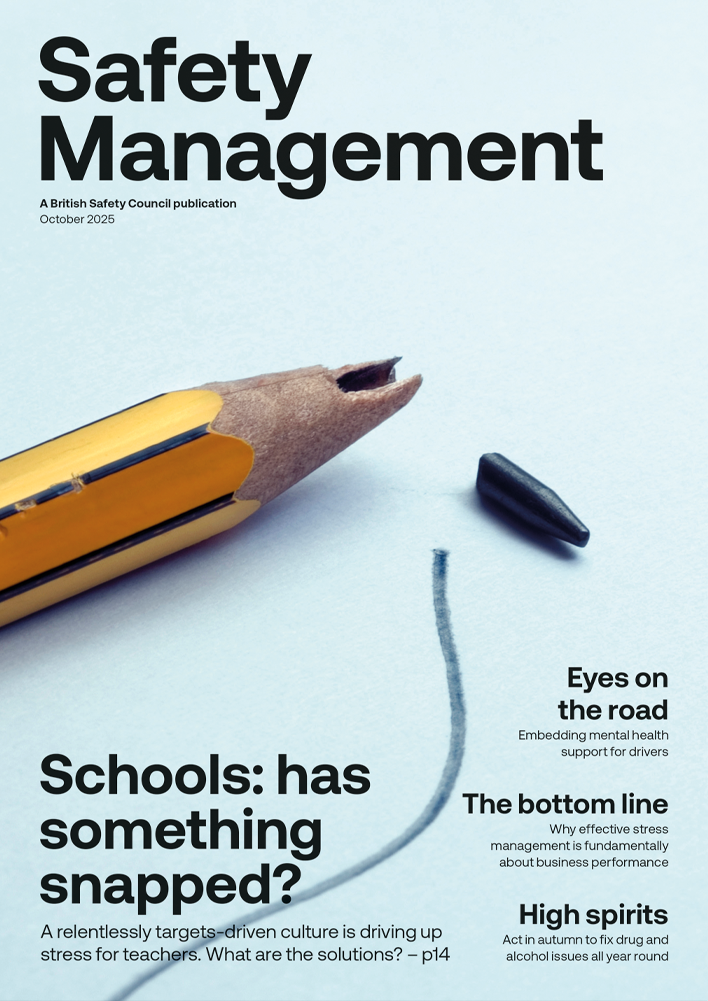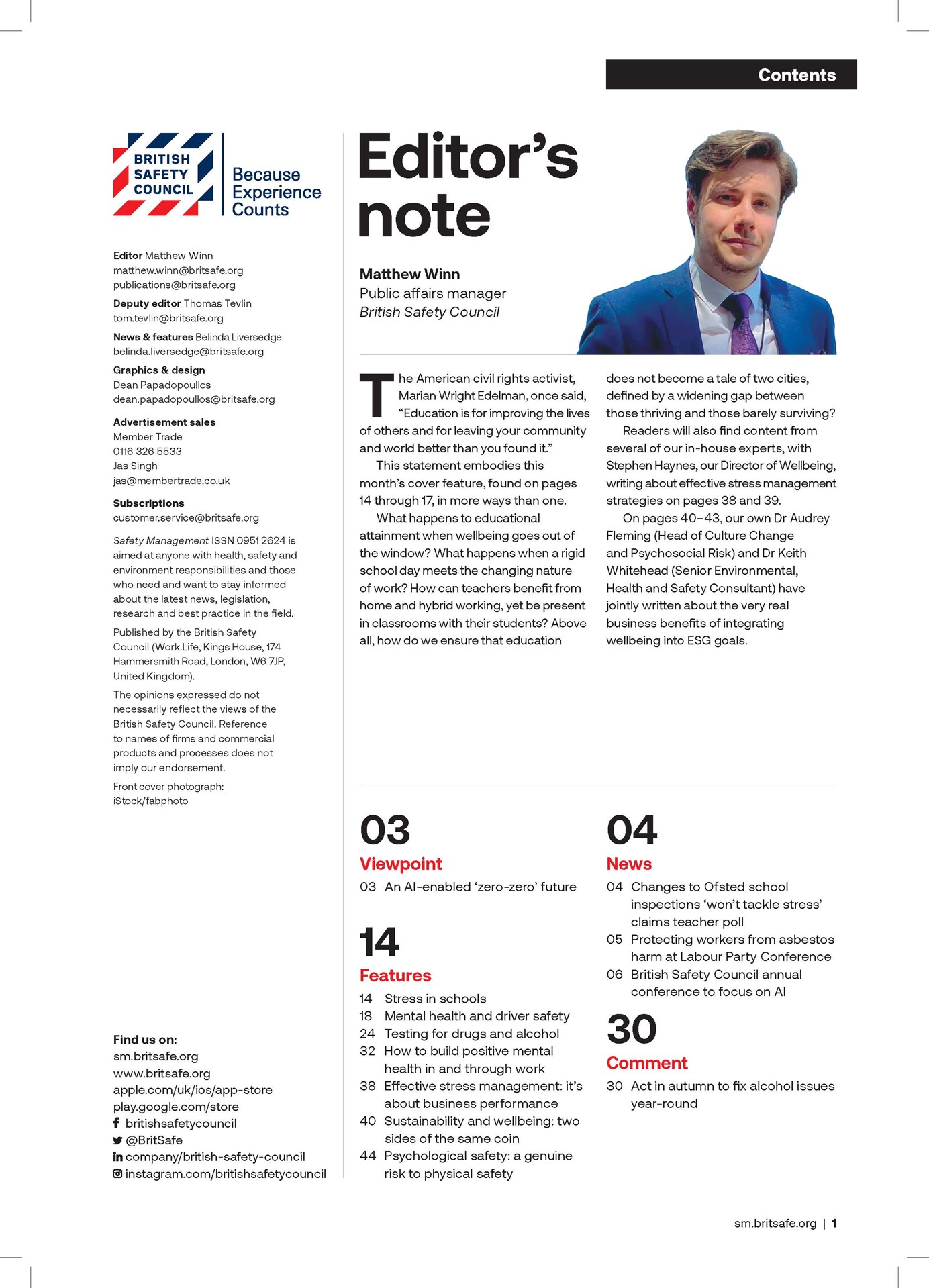Brexit could be an opportunity to toughen up on CE marking compliance writes Neil Hewitt, Arco
Features
Not the time for complacency
The news agenda, over the past three years, has been commandeered by Brexit. Whether it’s about securing a deal or our stability as a country following the ‘divorce’ from the EU, there are still many unanswered questions facing all industries across the UK, including manufacturing.
The news agenda, over the past three years, has been commandeered by Brexit. Whether it’s about securing a deal or our stability as a country following the ‘divorce’ from the EU, there are still many unanswered questions facing all industries across the UK, including manufacturing.
It’s now important to focus on the opportunities Brexit offers the UK, including the chance to review our health and safety regulations. Policy makers need to listen to the call from industry and respond by honouring the commitment to lead in the area of health and safety standards if the UK has left the EU.
Although it’s clear from industry opinions that most UK companies wouldn’t recommend a rapid change in regulation post-Brexit, it’s important to see Brexit as an opportunity to review current health and safety regulation to ensure it remains fit for purpose. Continuity with EU policy is the correct approach and we welcome the news that the British Standards Institution (BSI) will remain a full member of the European Standards Organisations following the UK’s departure from the EU. Without this membership, there could have been increased confusion and uncertainty over the status of European standards in the UK.
However, the new agreement means that there will now be a transition period until the end of December 2020, during which the BSI will be able to remain a full, active member. This will minimise disruption and provide a smooth transition period for all businesses.

There is currently no third-party monitoring process for category 1 or 2 PPE.
Although we do support EU continuity, we don’t believe this should provide justification for complacency. There are issues within the current framework that need addressing, for example the fact that a number of non-compliant products have managed to achieve a CE mark. Following research Arco conducted that looked into the quality of products supplied to the UK workforce, we believe that market surveillance needs to be improved. Much of the current market surveillance is reactive rather than proactive, which is resulting in a number of substandard products being available on the market. To reduce the risk of non-compliant PPE entering the UK marketplace, the CE mark approval process needs to be improved with current procedural weaknesses addressed.
Our Be Sure campaign discusses in detail how the current CE and EU- type approval process is allowing less reputable manufacturers or importers to make changes to the main components of a CE-approved product, which may impact its safety performance, without conducting a retest. Currently, there is no third-party monitoring process for category 1 or 2 PPE under the regulation, including footwear and hard hats; the responsibility for compliance simply remains with the manufacturer. We believe there needs to be more governance within this process. To support this, market surveillance needs to be enhanced, so regulatory authorities aren’t just responding when issues are brought to their attention but have the resources to work proactively to identify non-compliant products. This, of course, will require enough funding to organisations like the HSE and local Trading Standards authorities, for education, prevention, enforcement and prosecution functions.
While there are those who still see health and safety regulation as unnecessary ‘red tape’, it’s absolutely imperative that the government doesn’t see Brexit as an opportunity
to reduce worker protection.
If the government plans to revisit any aspects of the safety framework, this must be conducted within a clear time frame and sufficient opportunities for industry consultation to ensure that the UK’s reputation for excellent health and safety management isn’t compromised.
FEATURES

Why menstruation support matters at work
By Deborah Garlick, Menstruation Friendly by Henpicked on 03 December 2025
Although forward-thinking organisations are increasingly taking action on menopause awareness and support at work, attention is now turning to menstrual health as the next essential step in building an inclusive, equitable and high-performing workplace.

Neurodiversity at work: getting started on creating a supportive environment for neurodivergent workers
By Andy Hooke CMIOSH Chartered health and safety consultant on 03 December 2025
Creating a neuroinclusive workplace brings many benefits, including making neurodivergent employees more comfortable about seeking help and support from managers and colleagues, and there are some simple ways of getting started with the process.

Human-centred technology for better work design: rethinking musculoskeletal disorder prevention
By Cam Stevens, Pocketknife Group on 03 December 2025
Although technologies like computer vision analysis, machine learning and wearable sensors are increasingly being used to identify and assess the causes of work-related musculoskeletal disorders (MSDs), it’s essential to consider data relating to all aspects of work design when seeking to reduce MSDs in the workplace.



